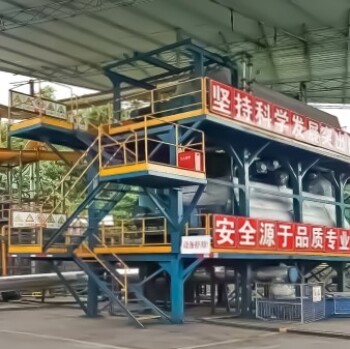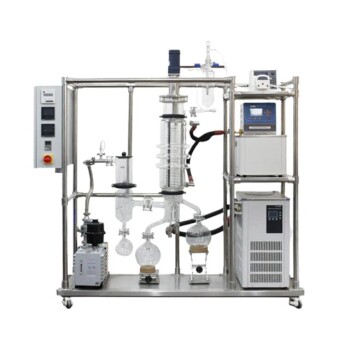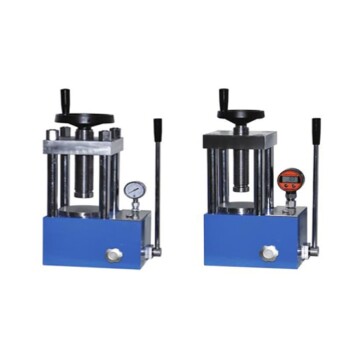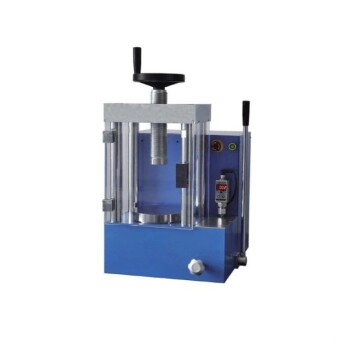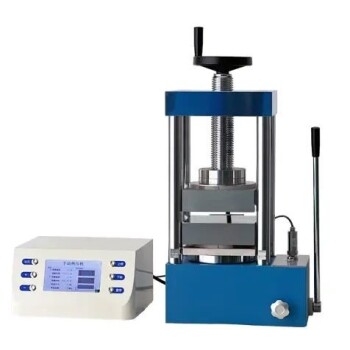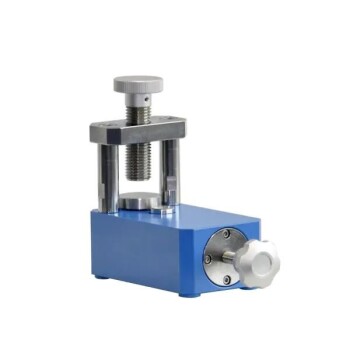Biomass can be converted into bio-oil through a process called pyrolysis.
This involves heating biomass in the absence of oxygen to produce a liquid biofuel.
This conversion is particularly significant as it addresses the need for renewable and environmentally friendly alternatives to fossil fuels.
4 Key Steps Explained

1. Pyrolysis Process
Mechanism: Pyrolysis involves heating biomass at high temperatures (typically between 430°C and 570°C) in the absence of oxygen.
This process breaks down the biomass into its constituent components without combustion.
Products: The primary products of pyrolysis are bio-oil, which is a liquid biofuel, wood gas (a gaseous fuel), biochar (a solid carbon-rich product), and wood acid.
Types of Pyrolysis: There are two main types, slow and fast pyrolysis. Fast pyrolysis is favored due to its higher yields of bio-oil and faster reaction rates.
2. Bio-Oil Composition
Chemical Makeup: Bio-oil is an emulsion of water and organic compounds derived from the carbohydrate and lignin components of biomass.
These compounds include alcohols, aldehydes, carboxylic acids, esters, furans, pyrans, ketones, monosaccharides, and anhydrosugars.
Utility: Bio-oil can be further processed to substitute fossil fuels in heating, electricity generation, and transportation.
The cost of converting corn stover to bio-oil via fast pyrolysis and upgrading it to gasoline and diesel fuel is estimated between $3 and $4 per gallon.
3. Environmental and Economic Significance
Renewability and Sustainability: Biomass is a carbon-neutral resource, meaning its use does not significantly increase net carbon dioxide emissions.
This makes it an environmentally friendly alternative to petroleum fuels, which are non-renewable and contribute to environmental pollution.
Energy Demand and Supply: With petroleum fuels covering about 40% of the world's energy demand and being the primary source of transportation fuels, the depletion of fossil fuel reserves necessitates the exploration of sustainable alternatives like biomass.
4. Research and Development
Current Research: Many studies focus on understanding the mechanisms of pyrolysis, designing reactors, and developing catalysts for catalytic pyrolysis.
These efforts aim to optimize the process and improve the quality and yield of bio-oil.
Challenges: The complex reaction network of real biomass pyrolysis presents challenges in fully understanding and modeling the process.
Thermogravimetric analysis (TGA) is used to study the kinetics of biomass pyrolysis, but comprehensive studies are needed to integrate all proposed mechanisms and kinetics.
Continue exploring, consult our experts
In conclusion, the conversion of biomass to bio-oil via pyrolysis is a promising method for producing renewable fuels that can help mitigate the environmental impacts of fossil fuel use.
Ongoing research and development are crucial for refining this technology and ensuring its economic viability and environmental sustainability.
Discover the future of sustainable energy with KINTEK SOLUTION!
Our advanced pyrolysis systems are revolutionizing the way biomass is transformed into valuable bio-oil.
With a commitment to innovation and efficiency, we provide cutting-edge solutions that drive renewable energy initiatives forward.
Elevate your research and production with KINTEK SOLUTION – where sustainability meets performance.
Contact us today to learn more about our advanced pyrolysis systems and how they can benefit your research and production needs.



